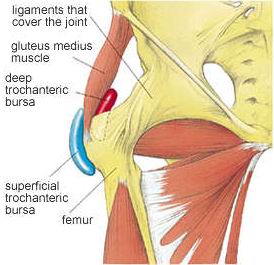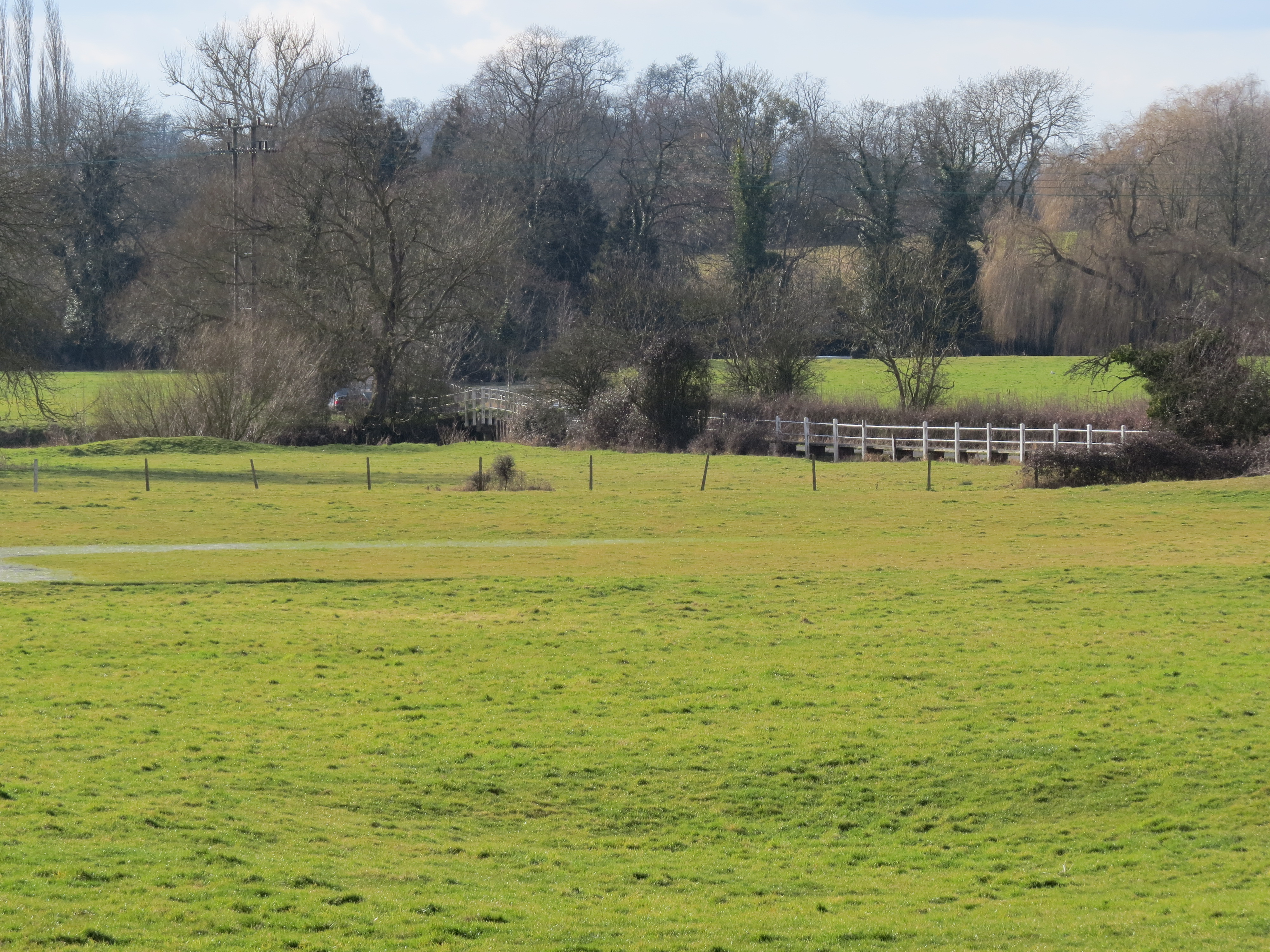About Trochanteric Bursitis
Trochanteric Bursitis is a common condition often seen at the Iveson Clinic in Long Melford. This is a painful debilitating condition which often affects women.
Common causes
- Females affected more
- Being overweight
- Repetitive Strain or overuse
- Hip Osteoarthritis
- Muscle weakness
To name but a few:
Signs and Symptoms of Trochanteric Bursitis
The patient may complain of local discomfort over the outer side of the hip. Due to this, it may be difficult to sleep on the painful hip, going up stairs can be very uncomfortable. Furthermore, some patients can also develop low back pain because of the way they walk. These factors can often lead the physiotherapist (or specialist) towards a diagnosis, combined with findings on examination.
Examination will often find the patient favoring their good leg to protect the painful hip. By doing this, it can have a knock on effect on the lower back. The area around the painful hip may be warm, swollen or painful to touch. Additionally, muscle weakness is often seen in the hip abductors. (The muscle that takes your leg out to the side.) The patient’s walking pattern may also be altered. Pain may be reproduced on Ober’s test. However, if there is any doubt of diagnosis, an MRI will give more specific information.
What is a bursa?
As you can see from the picture, a bursa is a fluid filled sac. This cushions the joint and helps prevent friction occurring.
Treatment
If the hip is aggravated by certain activities, advice will be given to modify or reduce these in the first instance. Also use of anti-inflammatory medication (NSAIDs), may ease pain initially and assist recovery. Physiotherapy treatments may include:
- Massage
- Ice
- Electrotherapy
- Acupuncture
- Taping
- Exercises to improve strength and flexibility
However, patients who fail to improve may benefit from a local corticosteroid injection. If you gain some relief of the pain symptoms, physiotherapy can then continue to help recovery.
Summary
If you have persistent hip pain and difficulty with walking, going up stairs etc then seek advice. Either from your GP or at the Iveson Clinic. We will try to determine the cause of your problem and advise on what is the best course of action.
The Iveson Clinic, Long Melford, Sudbury Tel:01787 374964



